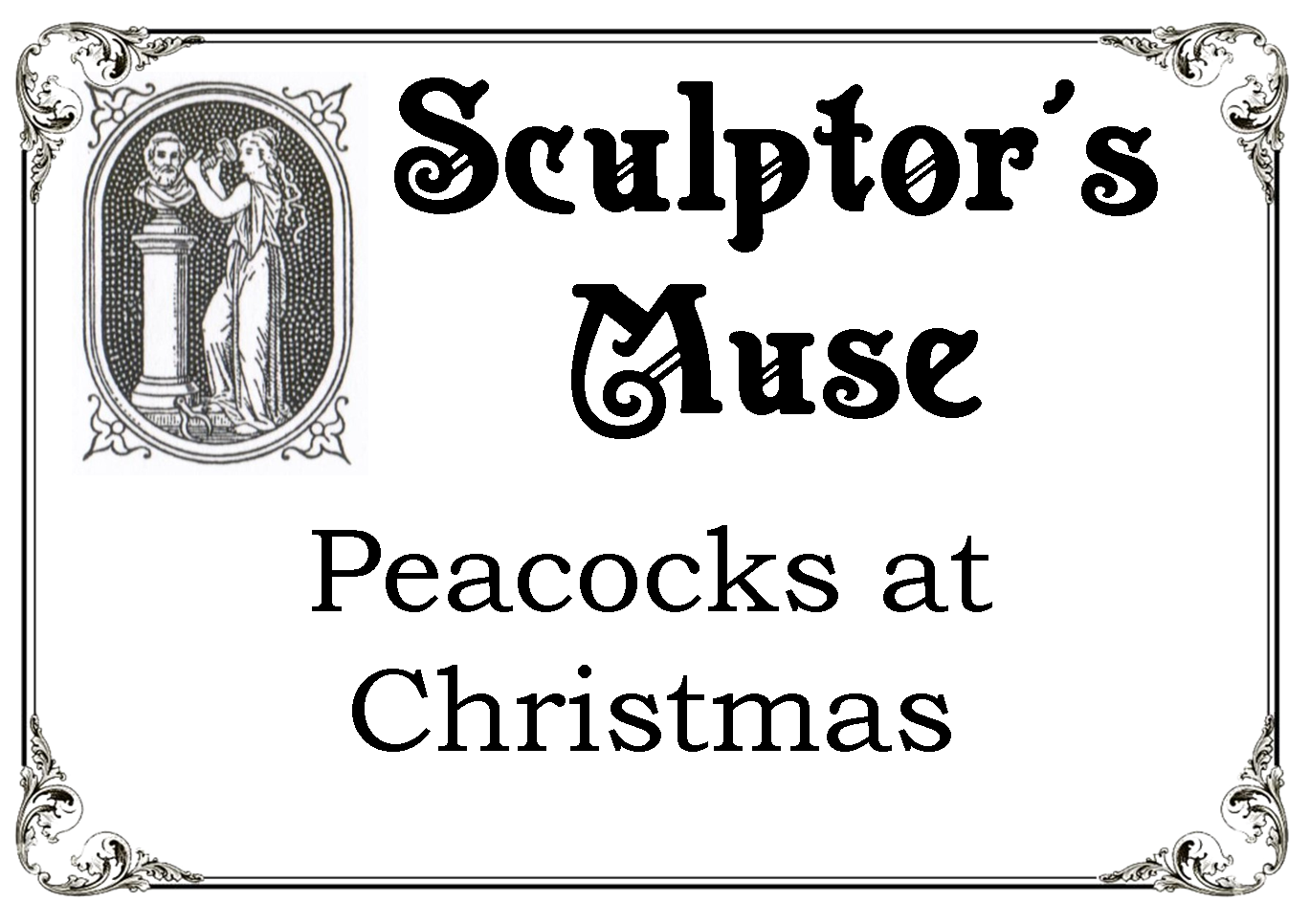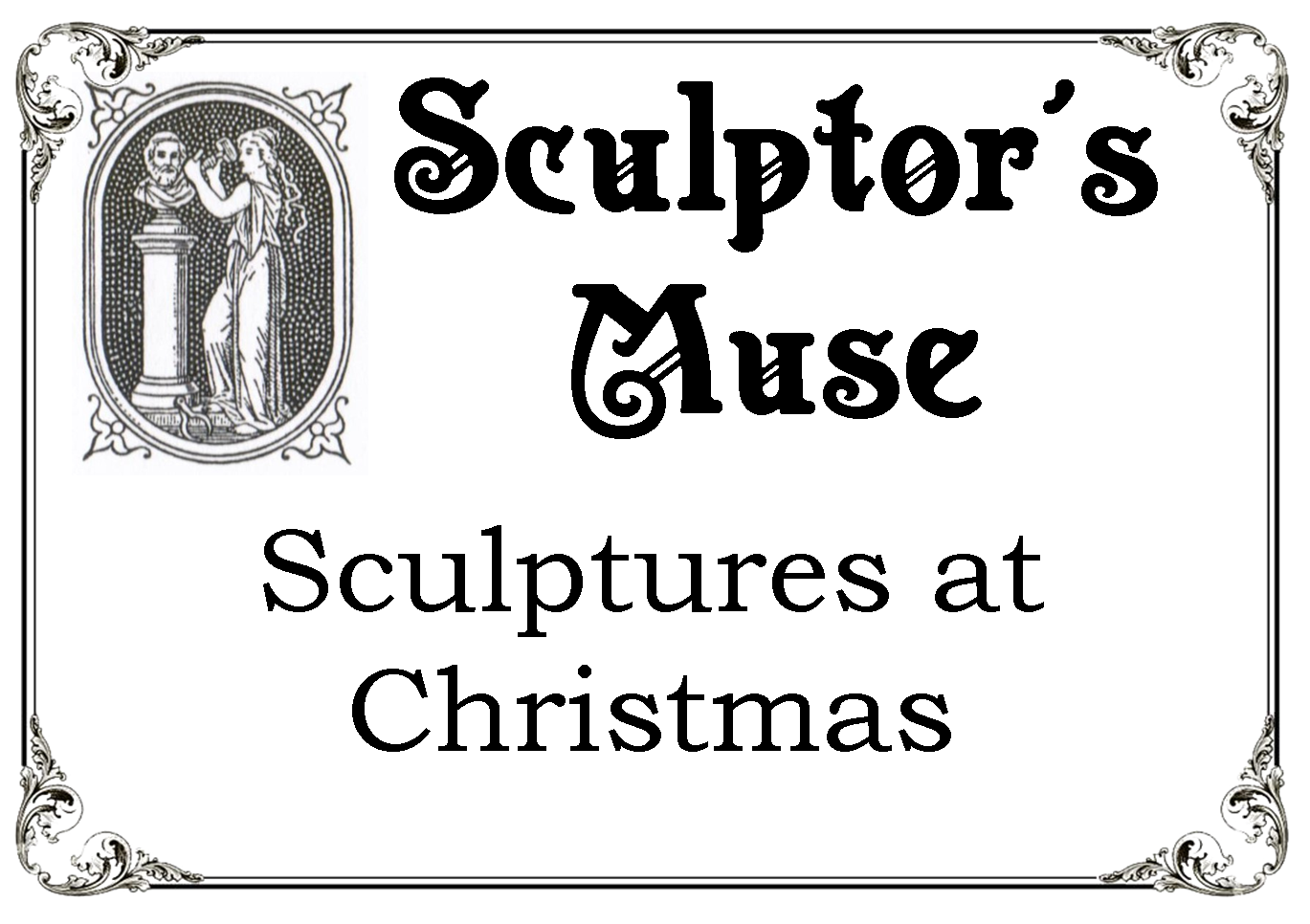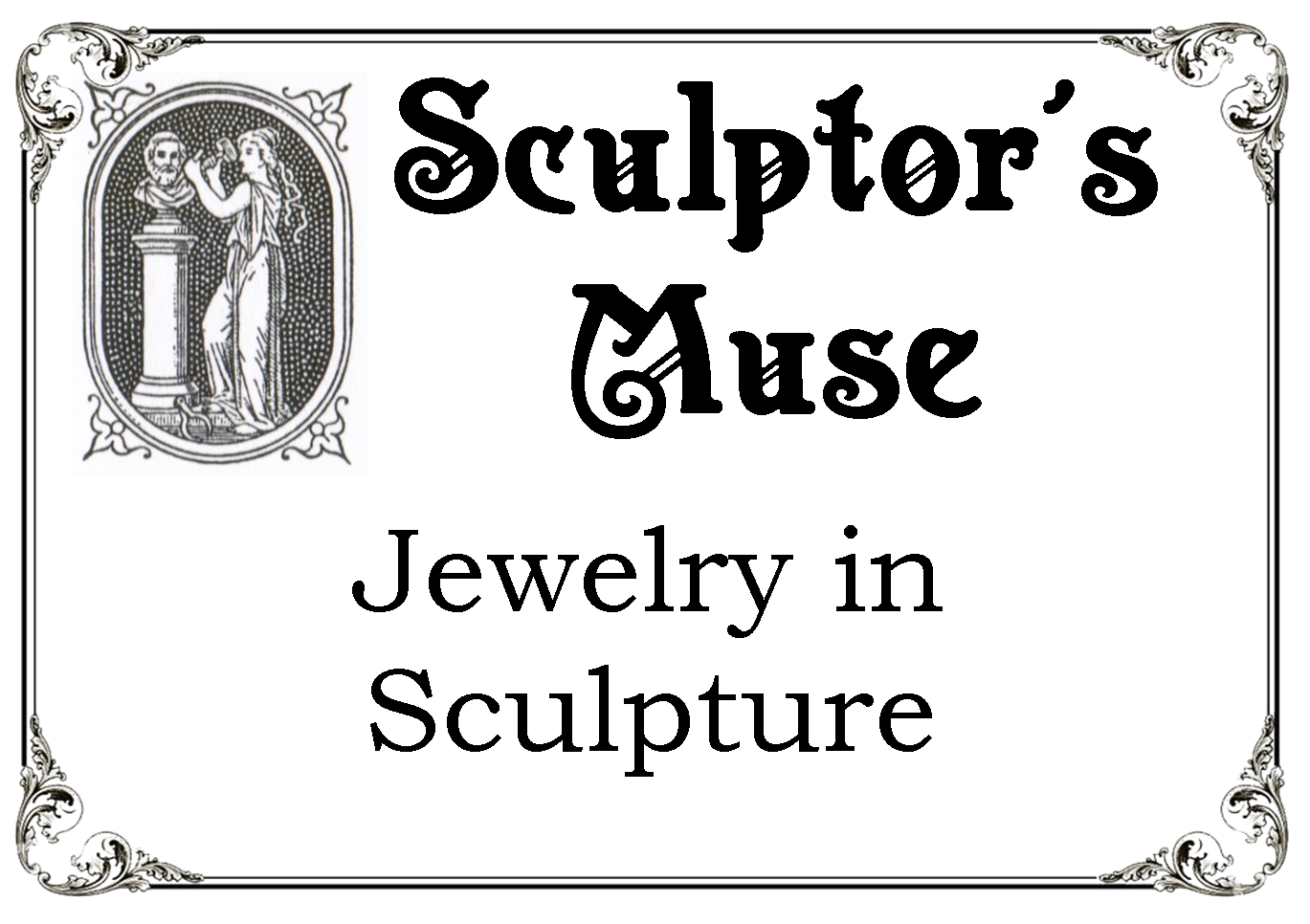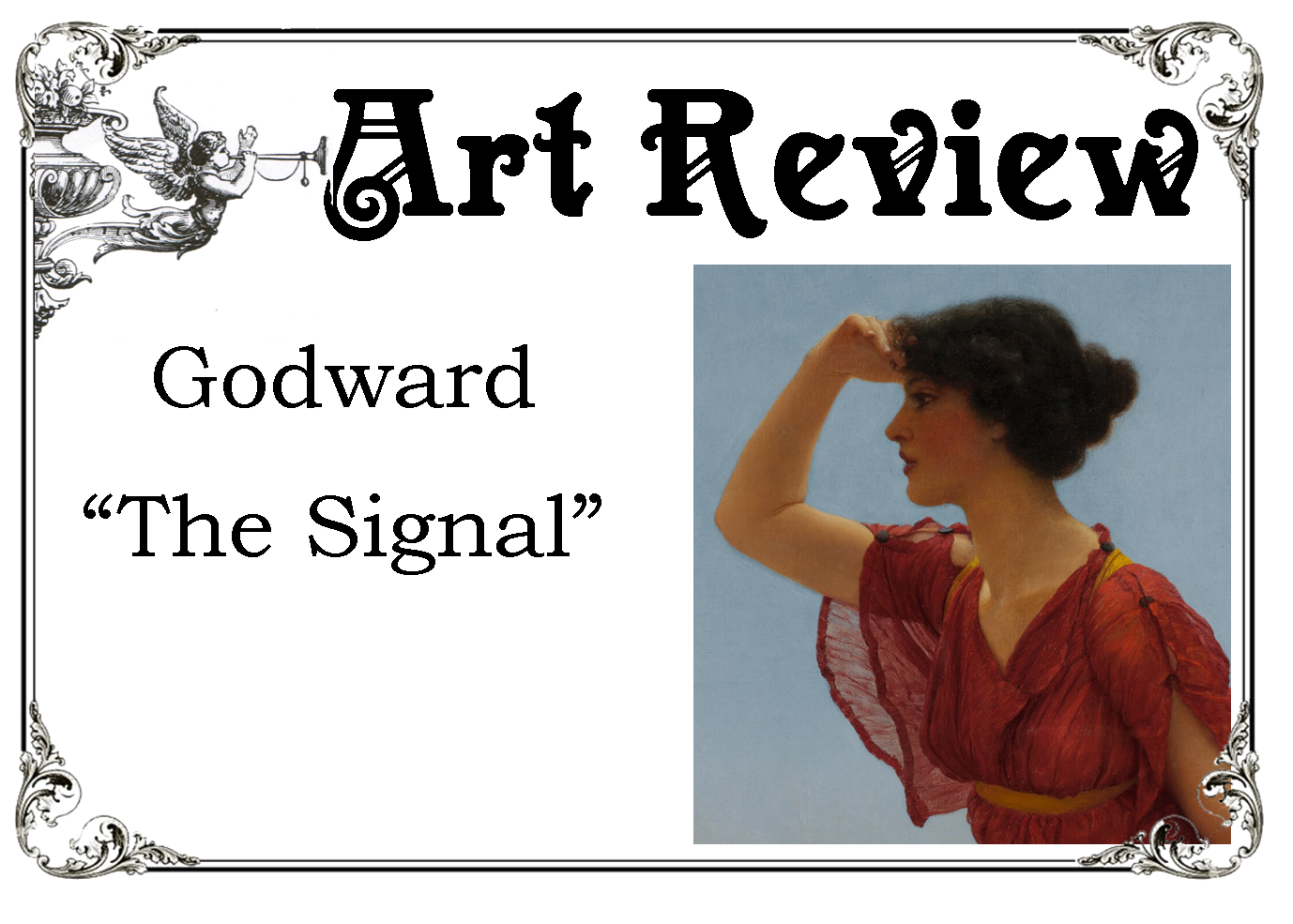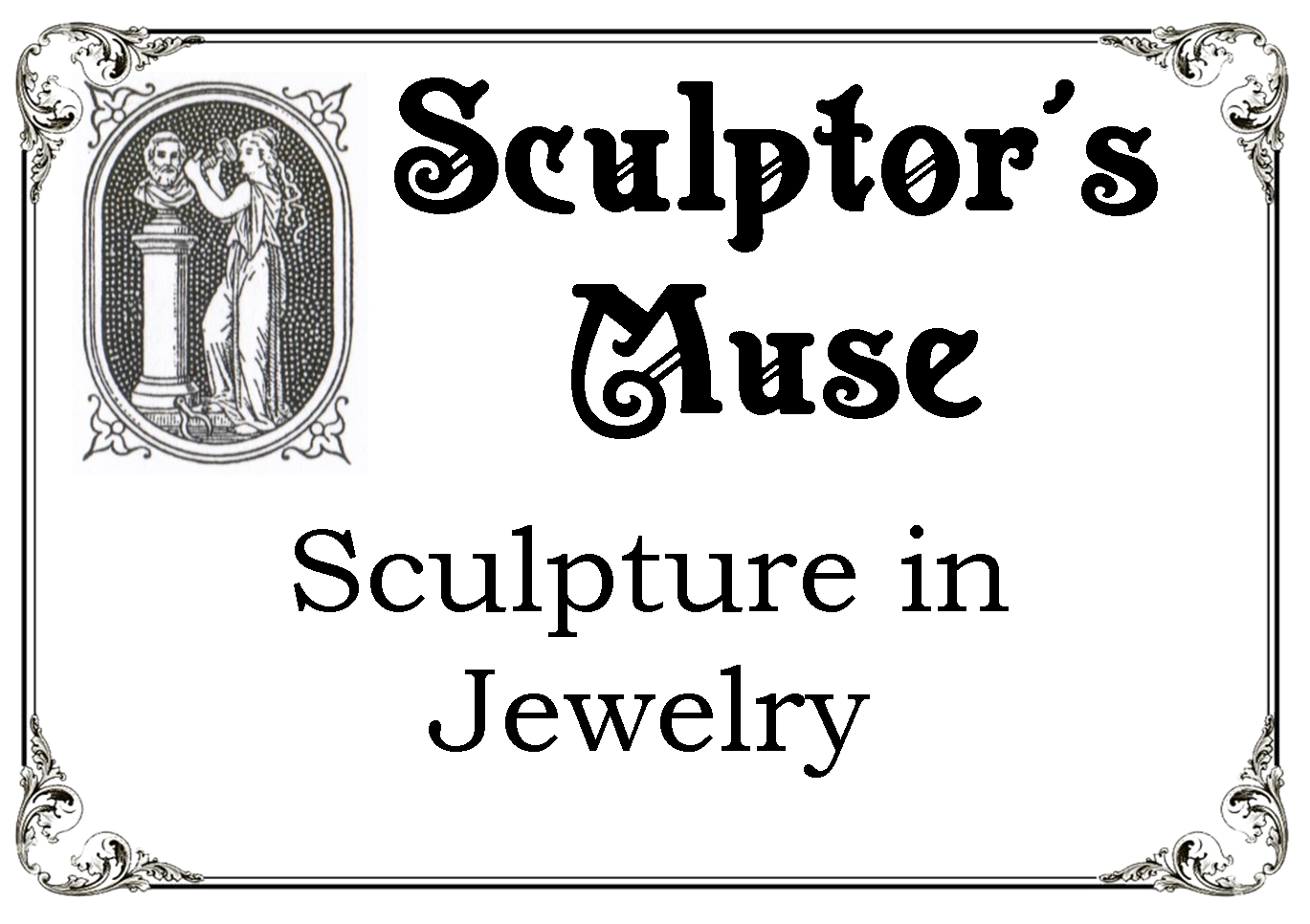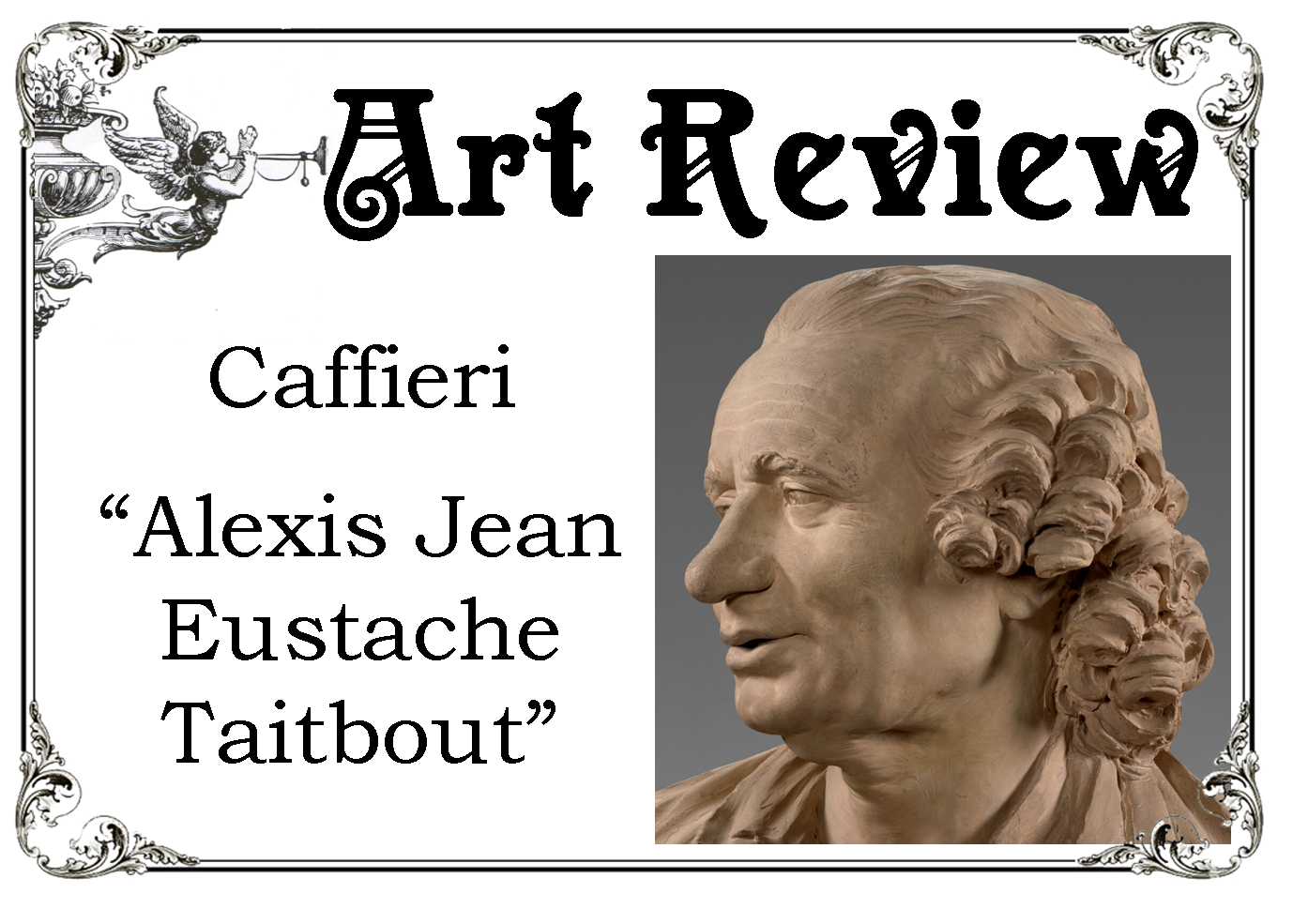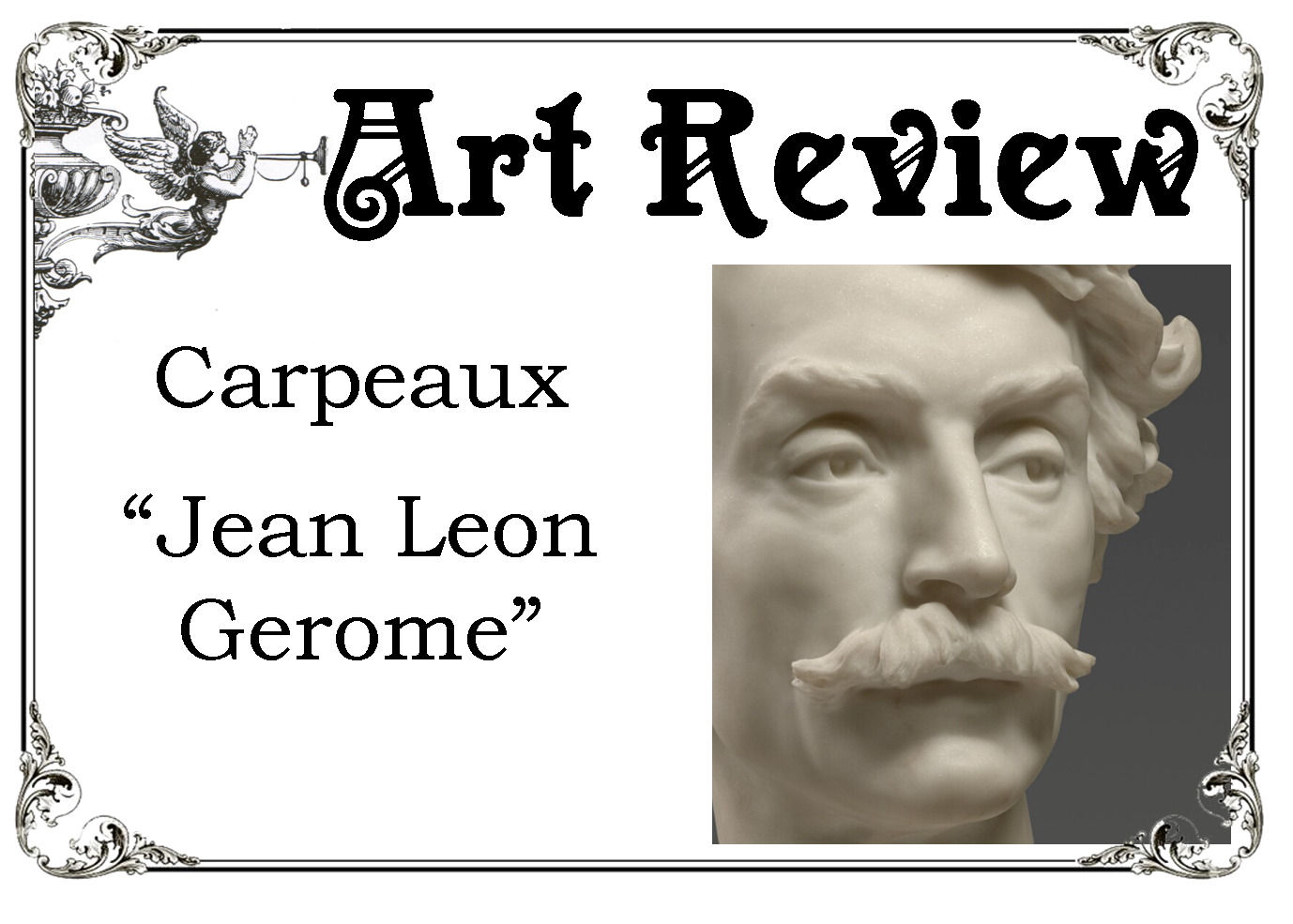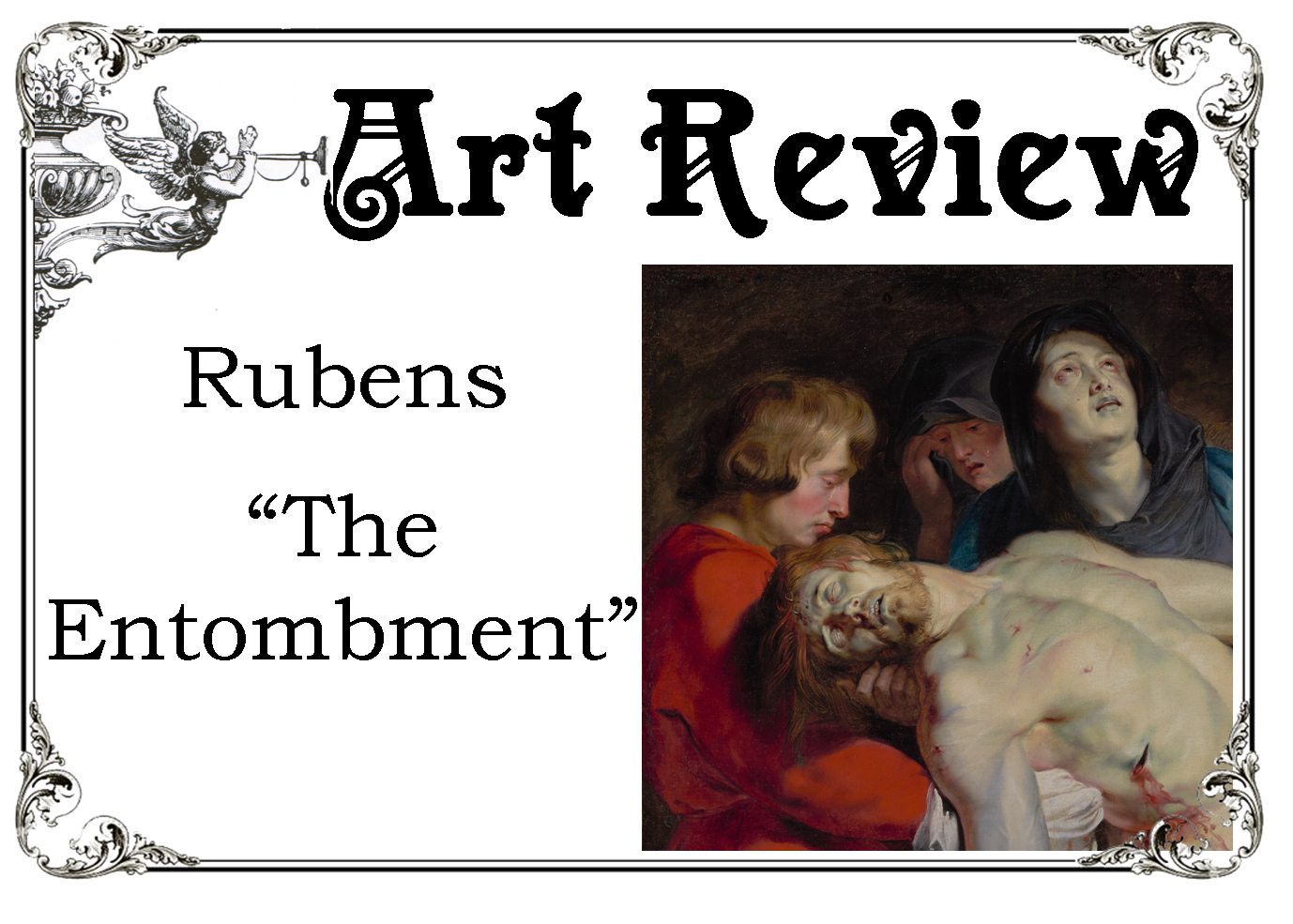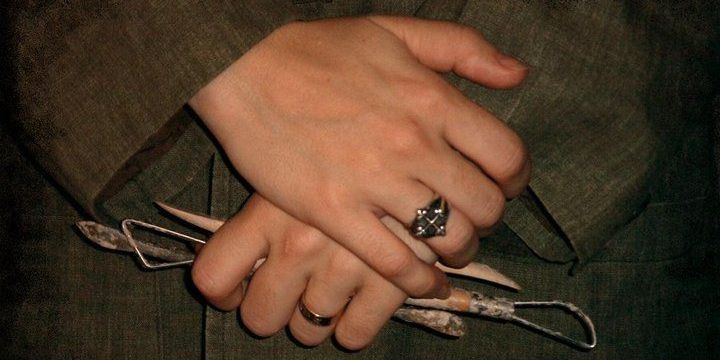
Ten Laws of Composition
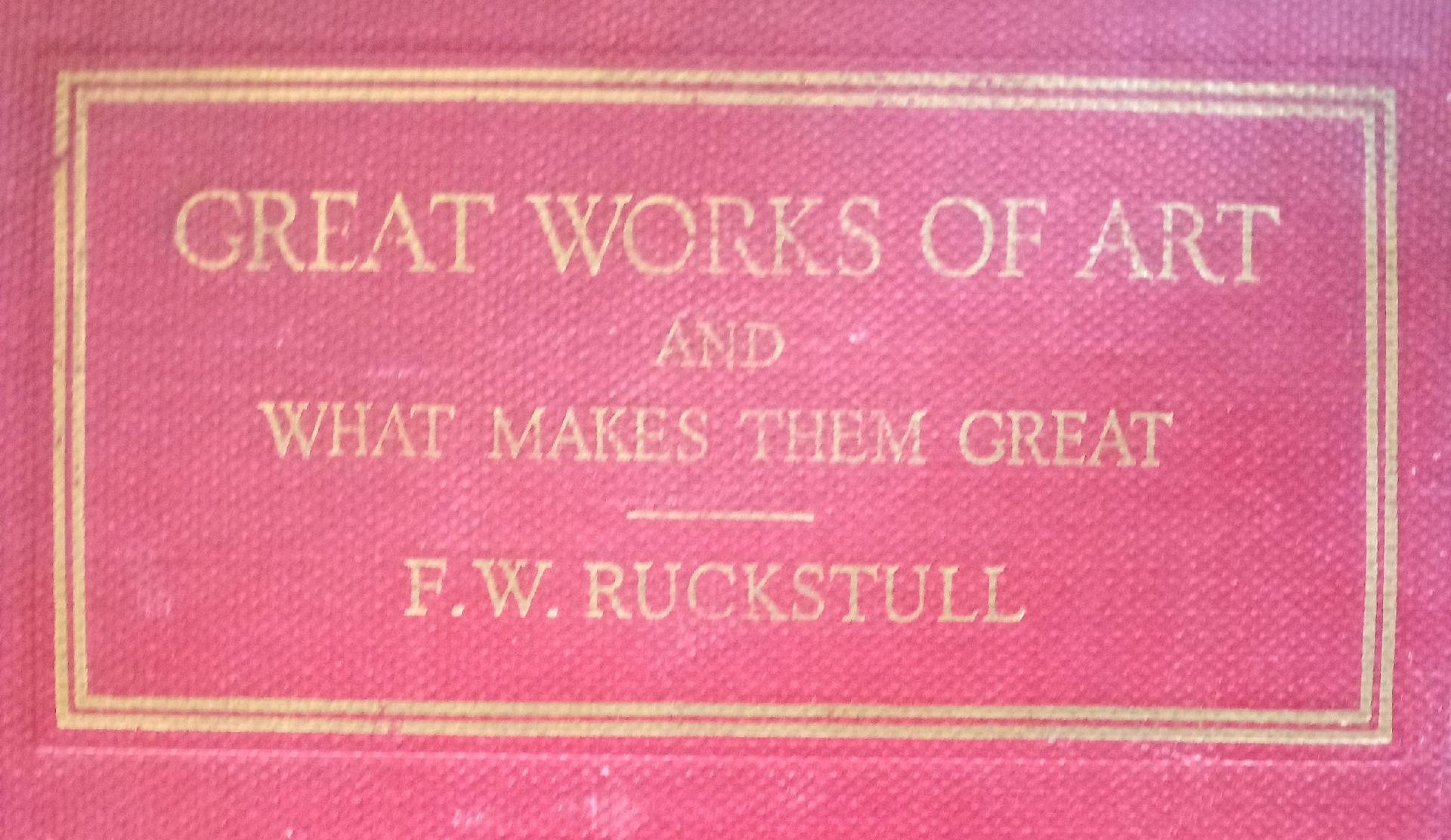
Back in 2009, I went into a used book shop (bibliophilia being one of my vices!) and found a jewel. The first section I always scout out being the art section, which is usually cluttered with tomes on painting (that to my painter friends :)) I found a book, written in 1925 by a Sculptor, F. W. Ruckstull "Great Works of Art and What Makes Them Great". An extremely deep read, and very well worth the reading if you find a copy! Though Ruckstull was a sculptor, his book applies to all the visual arts, with even some cross-over applications to literature as well.
Though I would love to write a syopsis of the entire book, I am choosing instead to give you the 'jewels' in his chapter on the 10 laws of composition. These are just my summaries of them, I write mainly to those artists who are always seeking (as I do) to soar higher in their own work.
Ten Laws of Composition according to F. W.Ruckstull (words in parenthesis are my own)
1. To create a Picturesque work of art - use angular lines and masses, accompanied by a certain disorder, (he stresses that this 'disorder' by VERY slight and not over exaggerated) which arouses emotions bordering on mirth (happiness, delight) in varying degrees.
2. To create a Graceful work of art - use serpentine lines accompanied with Order to stir emotions.
3. To creat a Sublime or Monumental work of art (my personal favorite) - use pyramidal lines and masses accompanied with order for a state of awe.
4. Concentration of Effects - central point of interest, such as the face or main figure.
5. Balance of Masses - creates repose
6. Clearness of Meaning - especially for illustrative, allegoric and symbolic art (again, one of my favorites)
7. Simplicity - keep that which expresses the main subject, exclude unnecessary elements whichdilute the force of expression.
8. Unity of Subject
9. Proportion
10. Harmony
The first three laws deal with Types of Composition, and the last seven laws deal with Elements of Composition.
If my summary seems too brief, I suggest you find a used copy of this out of print jewel and read pages 219-243!
My art library is full of books written about sculpture or by sculptors from over a hundred years ago and up to the present time. I believe we should stand on the shoulders of those who have fought the battles before us, so that we can reach farther and in turn provide more for those coming after us! An artist should always leave tools and a legacy for future generations of artists. Selfishness will never be found among great artists. - Tracy H Sugg, Sculptor
#bookreview #sculpting #quotes
To leave a comment you must be logged into Facebook on your device.




